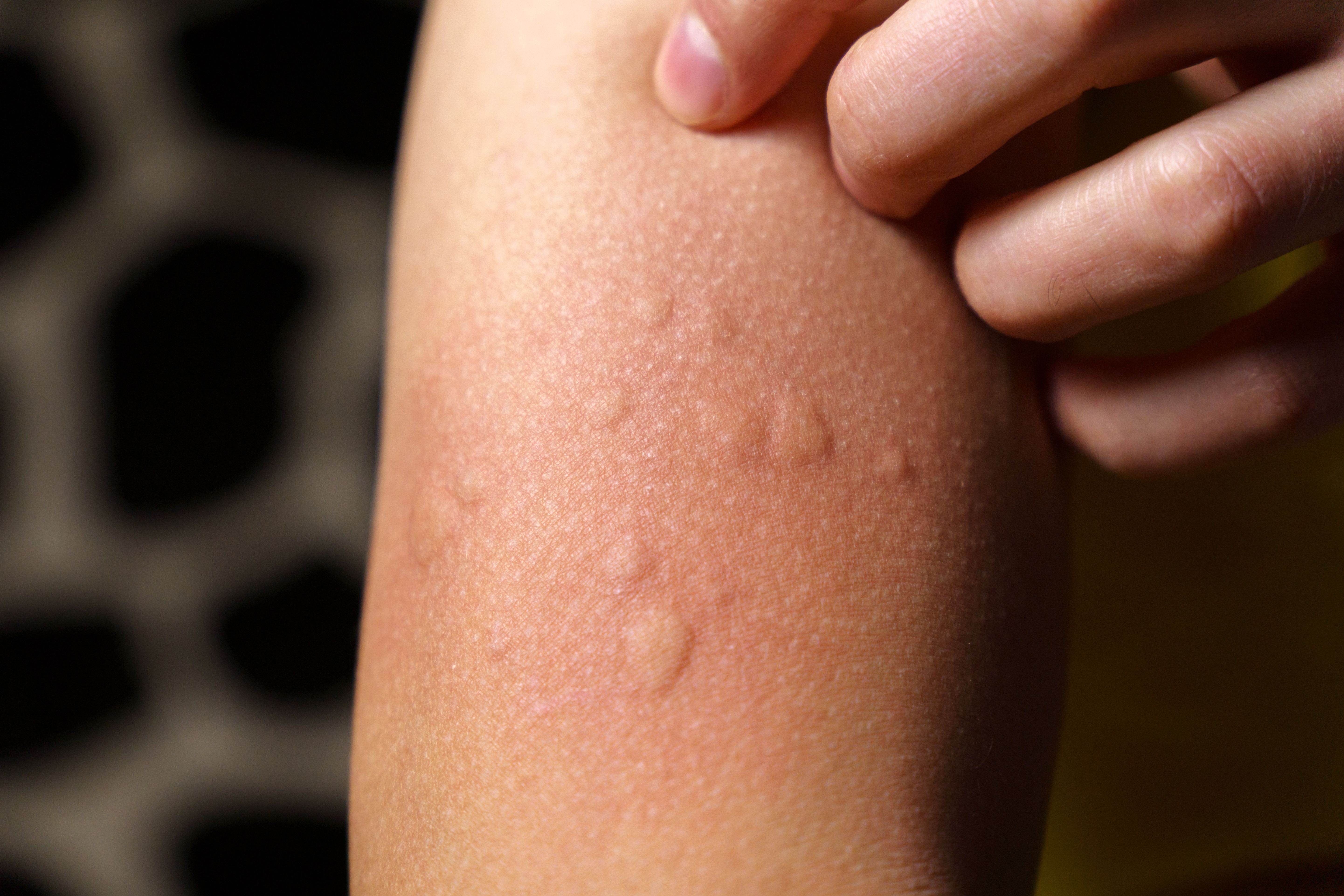Article
NIH Study: Most Drug Disorders Among Single, Poor White Men
Author(s):
The study found that 1 in 10 Americans struggles with a drug use disorder at some point in their lives.
One in 10 US adults has a problem with drug use at some point during their lives, but it typically goes untreated, according to a survey reported today from the National Institutes of Health (NIH). Contrary to the stereotype, today’s person with a drug use disorder is more likely to be a young, white male, who is single and marginally employed.
The study said problems with drugs are common and often occur alongside a mental health problem, such as depression. The study, funded by the National Institute on Alcohol Abuse and Alcoholism, found 4% met the criteria for “drug use disorder” in the past year and 10% had met it at some point.
A diagnosis of “drug use disorder” is based on symptoms that include craving, withdrawal, lack of control, and fallout in one’s personal or professional life. The fifth edition of the Diagnostic and Statistical Manual of Mental Disorders (DSM-5) collapses definitions of abuse and dependence into “disorder” and classifies it as mild to severe. A person must have 2 of 11 symptoms to be diagnosed.
Face-to-face interviews captured answers to make the diagnoses, and drugs covered included amphetamines, marijuana, club drugs such as ecstasy, cocaine, heroin, hallucinogens, opioids, sedatives, and inhalants. Participants were also interviewed about alcohol use and smoking habits. The survey found that drug disorders were more common among men, whites and Native Americans, and those who are single or no longer married. Young people and those with lower incomes and education levels were also at greater risk.
Those living in the 13 Western states, including Alaska and Hawaii, were most likely to report a drug use disorder during their lives.
Consistent with earlier research, this study found that those with drug use disorders were much more likely to have psychiatric problems, including mood, anxiety, and personality disorders and post-traumatic stress disorder (PTSD). Those who had a drug use disorder in the past year were 1.3 times more likely to suffer clinical depression, 1.6 times more likely to have PTSD, and 1.8 times more likely to have borderline personality disorder. Drug use was also linked to alcohol abuse and nicotine use.
The NIH study also aligns with widely publicized findings from 2 Princeton economists, Nobel Prize winner Angus Deaton and his wife, Anne Case, who found an alarming increase in the early death rate over the past decade among whites with lower levels of education and income. They attributed the rise to increased levels of drug and alcohol use and suicide among this group.
Treatment rates for those who struggle with drug use are terribly low. Until the passage of the Affordable Care Act, (ACA), many in this group could not get coverage for treatment, and even today, treatment can be hard to find and coverage uneven, despite the presence of the federal parity law. The study found that most who have a drug use disorder never receive treatment; about 14% of those who had a disorder in the past year received care, compared with 25% who had ever had a disorder. While a third of those interviewed struggled with alcohol at some point in their lives, only 20% received treatment.
“The prevalence and complexity of drug use disorders revealed in this study, coupled with the lack of treatment, speak to the urgent need for healthcare professionals to be trained in proper techniques to identify, assess, diagnose, and treat substance use disorders among patients in their practice,” said Nora D. Volkow, MD, director of the National Institute on Drug Abuse.





